
Vacuna was an ancient Sabine goddess, identified by ancient Roman sources and later scholars with numerous other goddesses, including Ceres, Diana, Nike, Minerva, Bellona, Venus and Victoria. She was mainly worshipped at a sanctuary near Horace's villa, in sacred woods at Reate, and at Rome.
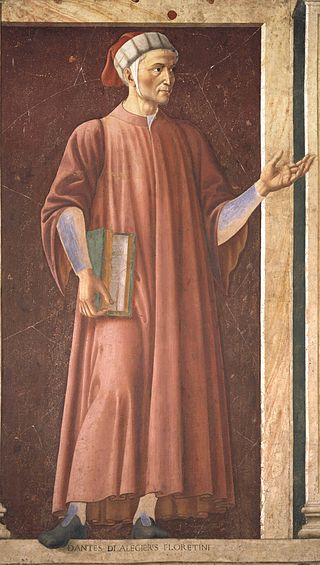
Renaissance Latin is a name given to the distinctive form of Literary Latin style developed during the European Renaissance of the fourteenth to fifteenth centuries, particularly by the Renaissance humanism movement. This style of Latin is regarded as the first phase of the standardised and grammatically "Classical" Neo-Latin which continued through the 16th–19th centuries, and was used as the language of choice for authors discussing subjects considered sufficiently important to merit an international audience.
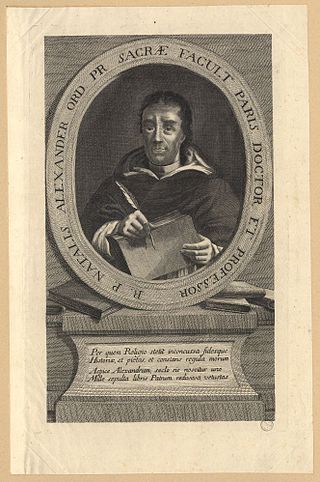
Noël Alexandre, or Natalis Alexander in Latin was a French theologian, author, and ecclesiastical historian.
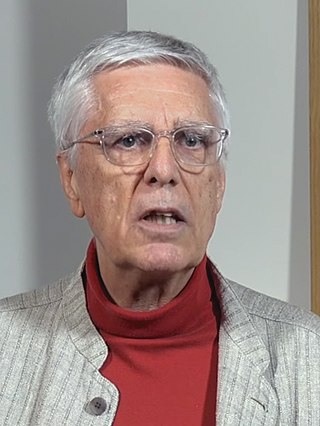
Philippe Desan is Howard L. Willett Professor of French and History of Culture at the University of Chicago. Originally from France, Desan is among the top Montaigne scholars alive today. He received his PhD from the University of California Davis (1984), and has published widely on several topics pertaining to the literature and culture of the French Renaissance, often in relation to their economic, political and sociological context. At the University of Chicago, he has served as Master of the Humanities Collegiate Division and as Chair of the Department of Romance Languages and Literatures. He is the general editor of the Montaigne Studies. He has been awarded numerous honors for his scholarly work, including being named Knight of the Ordre des Palmes Académiques (1994) and awarded the Ordre National du Mérite (2004) and the Ordre des Arts et Lettres (2011). He has also received the Prix de l'Académie Française in 2005, the Grand Prix de l'Académie Française for "le rayonnement de la langue et littérature française" in 2015 and the Prix de l'Académie des Sciences Morales et Politiques for his "Montaigne. Une biographie politique" in 2015.
Raphael Regius was a Venetian humanist, who was active first in Padua, where he made a reputation as one of the outstanding Classical scholars, then in Venice, where he moved in the periphery of an elite group composed of a handful of publicly sanctioned scholars, salaried lecturers employed by the Serenissima itself: on the fringes of this elite world also moved the scholar-printer Aldus Manutius.

Georg Pictorius of Villingen was a physician and an author of the German Renaissance.
Christian Fechner was a French film producer, screenwriter and director.
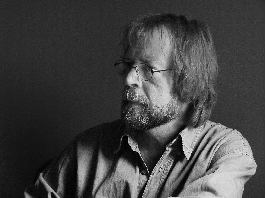
Robert Brisart, was a Belgian philosopher. He was professor at the University of Luxembourg, and at the Facultés Universitaires Saint-Louis in Brussels. His works mainly focused on Husserl's phenomenology. He also published on the comparison between analytic philosophy and phenomenology.
Georges-Elia Sarfati is a philosopher, linguist, poet, and an existentialist psychoanalyst, author of written works in the domains of ethics, Jewish thought, social criticism, and discourse analysis. He has translated Viktor E. Frankl. He is the grand-nephew of the sociologist Gaston Bouthoul.
Jean-Charles Darmon is a French literary critic born in 1961.
Xavier Accart is an historian of ideas, specializing in René Guénon. His field of research lies at the crossroads of the history of spirituality, anthropology of religion and literary creation.

Jean-Philippe Warren is a Canadian sociologist from Quebec.
Marc H. Smith is a French historian and palaeographer. Born in Newcastle upon Tyne in England, he has both French and British citizenship.
Pierre-Jean Souriac is a contemporary French historian, a Lecturer in Modern History at Jean Moulin University Lyon 3.
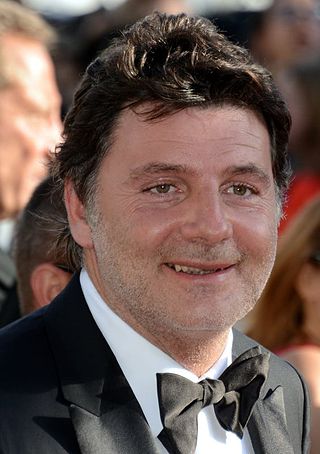
Philippe Lellouche is a French actor, director, screenwriter, television presenter and singer. He was born on March 30, 1966, in Tel HaShomer in Israel. His brother is the actor Gilles Lellouche.

Pierre-Jean Fabre was a French doctor and alchemist. Born in Castelnaudary, France in 1588, he studied medicine in Montpellier, France. He became a practitioner of the iatrochemical medicine of Paracelsus. Beginning in 1610 he practiced medicine in Castelnaudary. He became famous as a specialist in the plague which was particularly severe in central Europe during the Thirty Years' War. Fabre prescribed chemical medications for the treatment of the plague and was at one time the private physician of King Louis XIII of France.

Jean Brunhes was a French geographer. His most famous book is La géographie humaine. He was the director of The Archives of the Planet, an international photographic project sponsored by Albert Kahn.

Eugénie Droz was a Swiss romance scholar, editor publisher and writer, originally from the Suisse Romande. She created the Librairie Droz, a publisher and seller of academic books, at Paris in 1924, moving the business to Geneva at the end of the war.
Monique Desroches is a Canadian ethnomusicologist from Quebec who specializes in the music of the West Indies and the Mascarene Islands in the Indian Ocean.

Jean Chastellain (1490–1541) was a master glassmaker of the French Renaissance.











